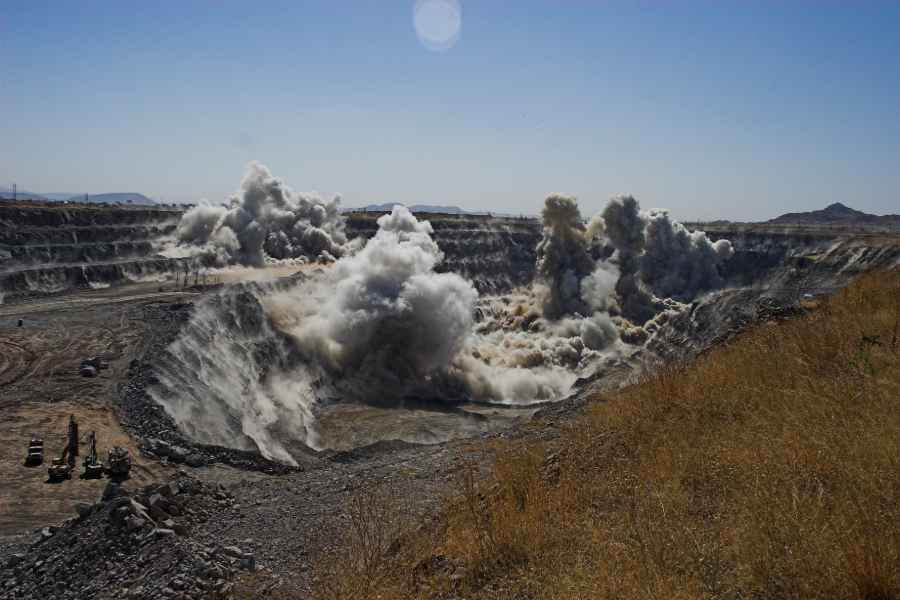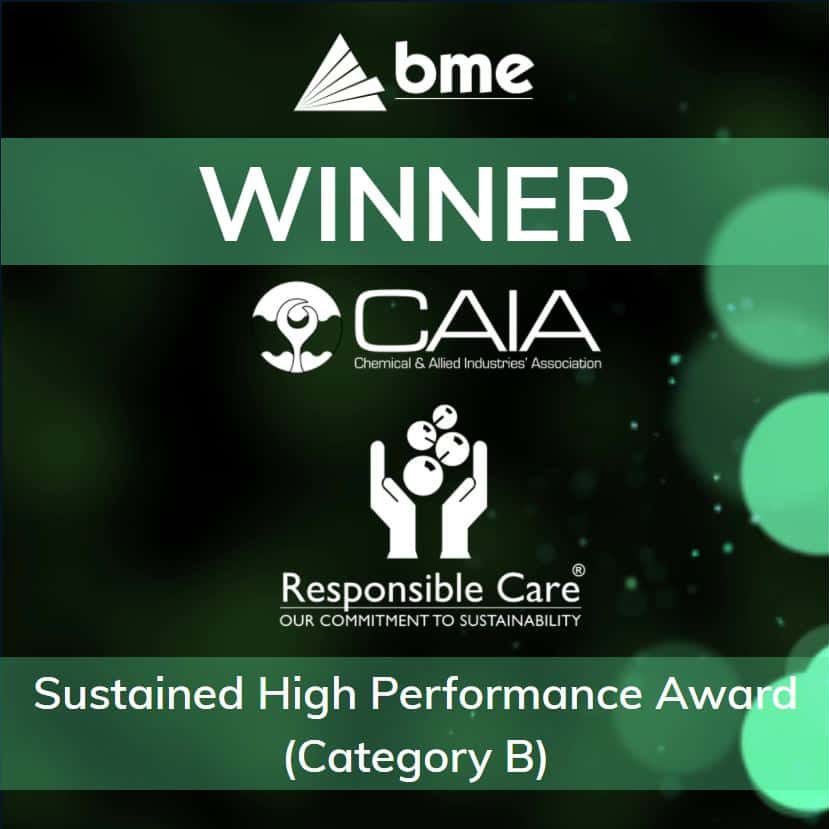The global trajectory towards a low-carbon future has raised opportunities for the mining sector, but the commodity pipeline – especially for battery minerals – needs to be expanded if future demand is to be met. While efficiencies will be crucial to maximise production in the meantime, more investment and exploration is a must.
There are already fears of future shortages of key commodities like cobalt, copper, nickel and platinum group metals – with greenfield projects to add supply being scarce. It is also well known that new mines and large expansions can take seven to 10 years from planning to production. The demand-supply gap currently being experienced in many minerals is only likely to worsen – if mine production rates start to plateau without new supply coming on stream.
Driving this demand are a range of green technologies which are developing apace. While there is still uncertainty about which minerals will be most in demand in five, 10 or 20 years’ time, the mining sector will still be expected to respond quickly. The concern is that we are not seeing the level of investment necessary in mineral-rich countries like Democratic Republic of Congo, Zambia among others.
The good news is that mining has shifted significantly in recent decades to improve its status as an investment destination. It has embraced complex environmental, social and governance (ESG) challenges and has been expecting its service providers and suppliers to align with these priorities. This has laid the groundwork for a more constructive relationship with host governments and communities.

There has been extensive buy-in to address climate change, and to engage more actively with local communities. Health and safety have become a priority, with the application of industry-driven protocols that have improved the mining workplace.
The sector has also moved with key technological trends such as digitisation and smart management, making operations safer and more efficient. Once again, suppliers and service providers to mines have contributed to this progress by aligning with – and in many cases pioneering – industry best practice benchmarks.
Supply chain dynamics continue to be a challenge for the sector, though, heightened initially by the Covid-19 pandemic and now likely to worsen further with the geo-political instability resulting from Russia’s invasion of Ukraine. These challenges range from the historic difficulties of moving goods through areas of poor infrastructure, to the more recent trend of shipping’s rising cost, the limited availability of containers and changes in shipping routes. Add to this the pressure on mining-related skills and expertise, and the sector faces a number of constraints to growth that need urgent attention.
The power of the digital age has much to offer mining’s quest for greater efficiency and sustainability; it is hoped that this potential will be increasingly recognised by investors. There will need to be more collaboration between private and public stakeholders across borders and disciplines to give mining the support it needs to help build a greener future.
Originally posted in Mining Mx.
View the article here:
https://www.miningmx.com/opinion/48997-adoption-of-new-green-technologies-are-the-key-to-solving-metals-supply-crunch/





